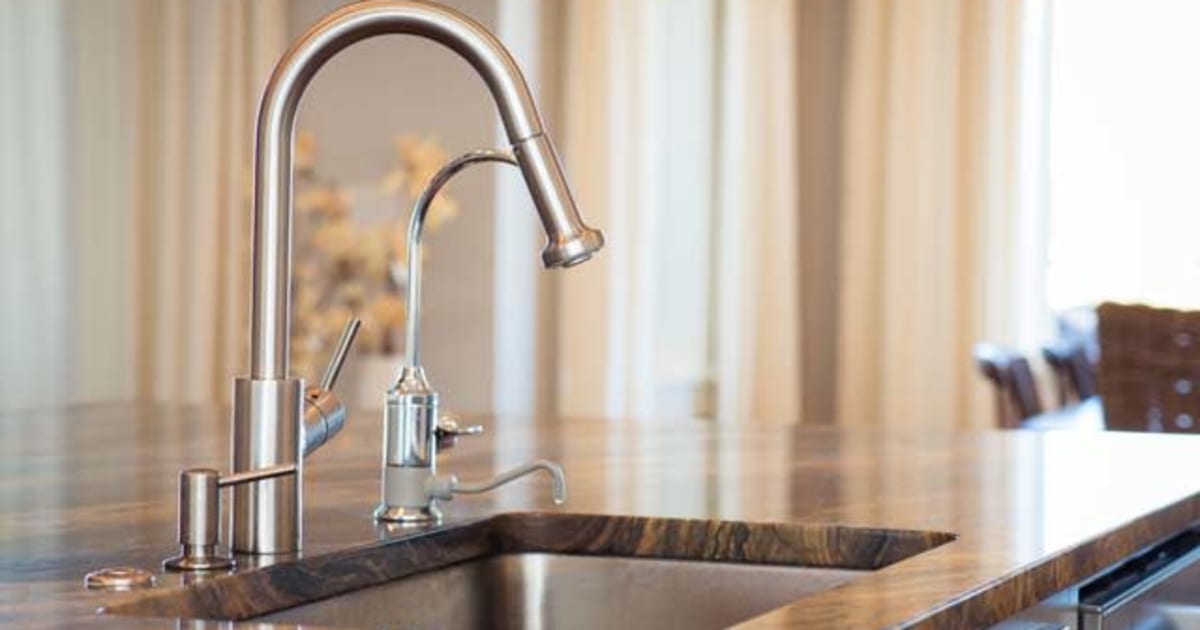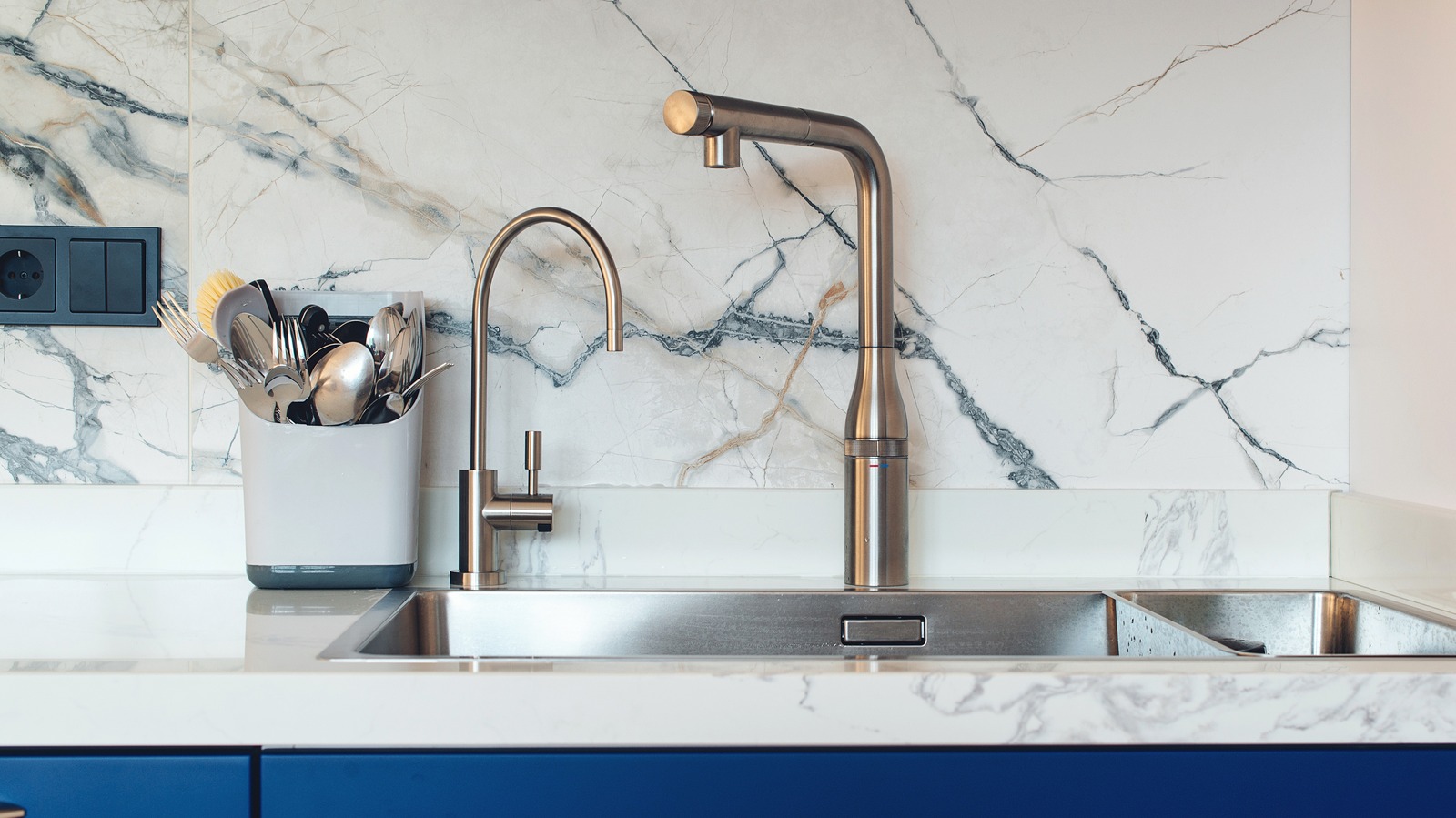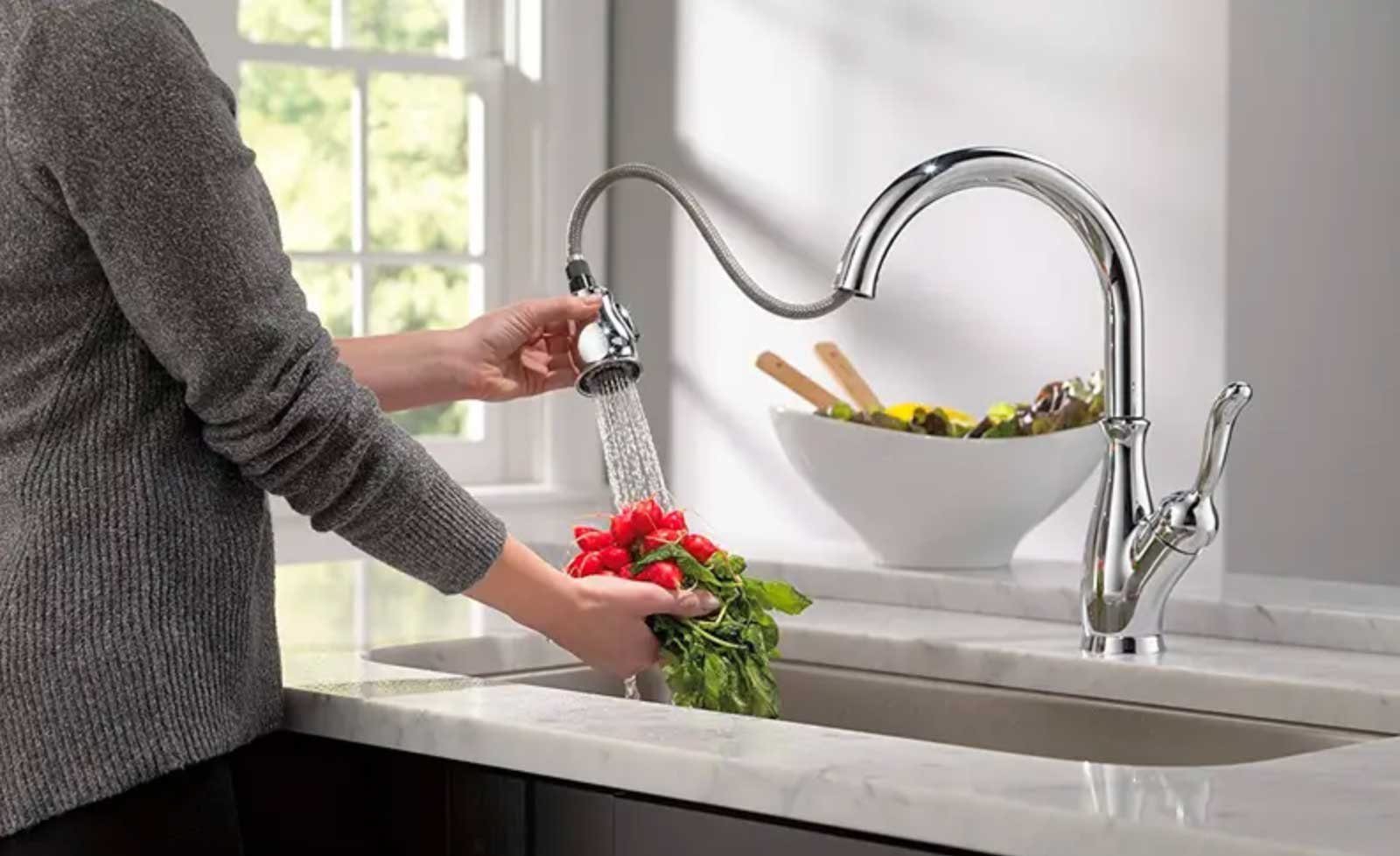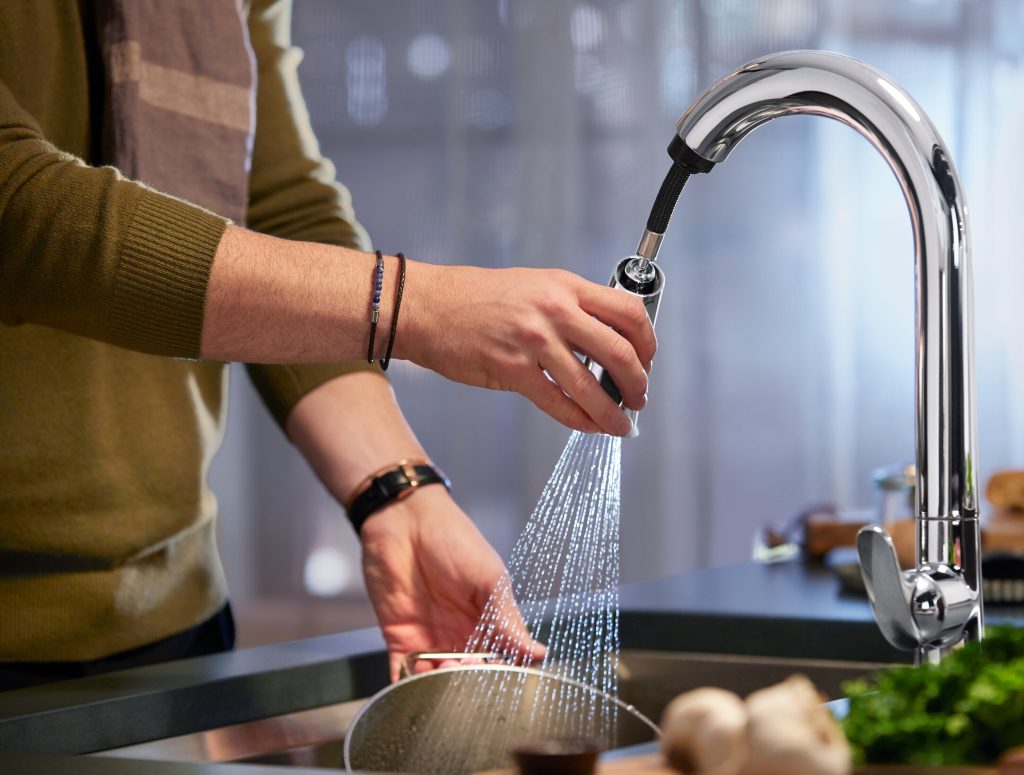Dealing with a slow drip in your kitchen sink faucet can be a frustrating and wasteful problem. Not only does it waste water, but it can also lead to high water bills and potential damage to your sink and surrounding area. Thankfully, fixing a slow drip in your kitchen sink faucet is a task that can be easily tackled with a few simple steps. The first step in fixing a slow drip is to identify the source of the problem. Is the drip coming from the spout or the handles? Is it a constant drip or does it only happen when the faucet is turned on? These are important questions to answer in order to determine the best course of action. If the drip is coming from the spout, it is likely due to a worn out washer or O-ring. In this case, you will need to replace the washer or O-ring to stop the drip. If the drip is coming from the handles, it may be due to a loose or damaged valve. This will require some adjustments or replacements to fix. Once you have identified the source of the drip, you can move on to repairing it. This can be done by turning off the water supply to your kitchen sink and then disassembling the faucet to access the faulty parts. Be sure to have a container ready to catch any water that may come out during this process. Next, remove the old washer or O-ring and replace it with a new one. Make sure to use the correct size and type of washer or O-ring for your specific faucet. If the drip is coming from the handles, you may need to tighten or replace the valve. Once you have made the necessary repairs, reassemble the faucet and turn the water supply back on. If the drip persists after making the repairs, there may be an issue with the water pressure in your kitchen sink. This can be caused by a buildup of debris or mineral deposits in the faucet aerator. To fix this, simply remove the aerator and clean it thoroughly before reattaching it to the faucet. It is important to note that some kitchen sink faucets may require more advanced repairs or replacements. If you are not confident in your DIY skills, it is always best to consult a professional plumber for assistance.How to Fix a Slow Drip in a Kitchen Sink Faucet
A leaky kitchen faucet can be a major annoyance, but luckily it is a problem that can be easily fixed. The first step in repairing a leaky kitchen faucet is to determine the source of the leak. Is the leak coming from the spout or the handles? Is it a constant leak or does it only occur when the faucet is turned on? If the leak is coming from the spout, it may be due to a worn out cartridge or valve. In this case, you will need to replace the faulty part to stop the leak. If the leak is coming from the handles, it may be due to a loose or damaged valve. This can be fixed by adjusting or replacing the valve. To begin the repair process, turn off the water supply to your kitchen sink and then disassemble the faucet to access the faulty parts. Be sure to have a container ready to catch any water that may come out during this process. If the leak is coming from the spout, you will need to replace the cartridge or valve. Make sure to use the correct size and type of replacement part for your specific faucet. If the leak is coming from the handles, you may be able to fix it by tightening or replacing the valve. After making the necessary repairs, reassemble the faucet and turn the water supply back on. If the leak persists, there may be an issue with the water pressure or other internal components of the faucet. In this case, it is best to consult a professional plumber for assistance.How to Repair a Leaky Kitchen Faucet
Dealing with a faulty kitchen sink faucet can be a frustrating and inconvenient problem. However, many common issues with kitchen sink faucets can be easily repaired with some DIY skills and basic tools. This not only saves you time and money, but it also gives you a sense of accomplishment. The first step in any DIY kitchen sink faucet repair is to identify the source of the problem. Is it a slow drip? A leaky faucet? No water flow at all? Once you have determined the issue, you can then move on to the appropriate repairs. For a slow drip, you may need to replace the washer or O-ring in the faucet. If you have a leak, it may be due to a faulty cartridge or valve that needs to be replaced. No water flow can be caused by a clogged aerator or a damaged valve. These issues can be fixed by cleaning or replacing the affected parts. To begin the repair process, make sure to turn off the water supply to your kitchen sink. Then, disassemble the faucet to access the faulty parts. Be sure to have a container ready to catch any water that may come out during this process. Once you have made the necessary repairs, reassemble the faucet and turn the water back on to test it. If the DIY repairs do not solve the problem, it is best to consult a professional plumber for further assistance.DIY Kitchen Sink Faucet Repair
A slow drip in a kitchen sink faucet can be a frustrating problem to deal with. However, before jumping to any repairs or replacements, it is important to troubleshoot the issue to determine the cause of the slow drip. This will ensure that you are tackling the problem at its source. The first step in troubleshooting a slow drip is to identify where the drip is coming from. Is it from the spout or the handles? This will give you an idea of which part of the faucet may be causing the problem. If the drip is coming from the spout, it is likely due to a worn out washer or O-ring. In this case, you will need to replace the faulty part to stop the drip. If the drip is coming from the handles, it may be due to a loose or damaged valve. This can be fixed by tightening or replacing the valve. If the slow drip persists after making the necessary repairs, there may be an issue with the water pressure or other internal components of the faucet. It is best to consult a professional plumber for further assistance in this case.Troubleshooting a Slow Drip in a Kitchen Sink Faucet
A slow drip in a kitchen sink faucet can be caused by a variety of factors. Some of the most common causes of a slow drip include worn out washers or O-rings, loose or damaged valves, clogged aerators, and high water pressure. Identifying the source of the problem is key in determining the best course of action for fixing the slow drip. Worn out washers or O-rings can cause a slow drip in the spout of the faucet, while loose or damaged valves can cause a slow drip from the handles. A clogged aerator can restrict water flow and lead to a slow drip as well. High water pressure is another common cause of a slow drip in a kitchen sink faucet, which can be fixed by adjusting the water pressure or installing a low-flow faucet. Regular maintenance and prompt repairs can help prevent these common causes of a slow drip in a kitchen sink faucet. It is also important to use the correct size and type of replacement parts when making any repairs to ensure the best results.Common Causes of a Slow Drip in a Kitchen Sink Faucet
The washer in a kitchen sink faucet is a small but crucial component that helps prevent leaks and slow drips. Over time, the washer can become worn out or damaged, leading to a faulty faucet. Thankfully, replacing a kitchen sink faucet washer is a relatively simple task that can be done in a few easy steps. The first step is to identify where the washer is located in your specific faucet. In most cases, it will be located at the base of the spout or inside the valve. Next, turn off the water supply to your kitchen sink and then disassemble the faucet to access the washer. Remove the old washer and replace it with a new one, making sure to use the correct size and type for your faucet. Reassemble the faucet and turn the water supply back on to test it. If the slow drip persists, there may be another issue with the faucet that requires further troubleshooting or repairs.Replacing a Kitchen Sink Faucet Washer
If you are experiencing a slow drip in your kitchen sink faucet, it may be due to high water pressure. Adjusting the water pressure can help reduce the pressure on the faucet and prevent leaks and slow drips. This can also help conserve water and save on your water bills. To adjust the water pressure in your kitchen sink faucet, you will need to locate the water pressure regulator. This is typically located near the main water supply valve. Use a wrench to loosen the nut on the regulator and then turn the adjustment screw clockwise to lower the water pressure. Test the faucet to see if the slow drip has been resolved. If not, you may need to further adjust the water pressure or consult a professional plumber for assistance.Adjusting the Water Pressure in a Kitchen Sink Faucet
Regular cleaning and maintenance is important in keeping your kitchen sink faucet in good condition and preventing issues such as slow drips and leaks. To clean your faucet, use a mild soap and warm water to gently scrub away any dirt or grime. Avoid using abrasive cleaners or scrubbers that can damage the finish of the faucet. In addition to regular cleaning, it is also important to maintain your kitchen sink faucet by checking for any leaks or slow drips and addressing them promptly. It is also recommended to clean the aerator periodically to remove any buildup of debris or mineral deposits. Proper cleaning and maintenance can help extend the lifespan of your kitchen sink faucet and prevent the need for frequent repairs or replacements.How to Clean and Maintain a Kitchen Sink Faucet
If you are looking to reduce your water usage and save on your water bills, consider upgrading to a low-flow kitchen sink faucet. These faucets are designed to use less water without sacrificing performance. They can help prevent slow drips and leaks as well as conserve water. When choosing a low-flow kitchen sink faucet, look for models with the WaterSense label, which indicates that they meet EPA standards for water efficiency. These faucets typically use 20% less water than standard faucets, which can lead to significant water savings over time. Upgrading to a low-flow kitchen sink faucet not only benefits your wallet, but also the environment by conserving water and reducing your carbon footprint.Upgrading to a Low-Flow Kitchen Sink Faucet
With so many options available, choosing the right kitchen sink faucet can be overwhelming. However, there are a few factors to consider that can help narrow down your choices and ensure that you find the perfect faucet for your needs. The first factor to consider is the style of your kitchen. Do you want a traditional or modern faucet? What finish will complement your kitchen decor? Next, think about the features you want in a faucet, such as a pull-down sprayer or touchless operation. It is also important to consider the quality and durability of the faucet. Look for models with a solid brass construction and a ceramic disc valve for long-lasting performance. And don't forget to check the warranty to ensure that you are covered in case of any issues or defects. By considering these factors, you can choose a kitchen sink faucet that meets your style preferences and functional needs, and avoid any future issues such as slow drips or leaks.Choosing the Right Kitchen Sink Faucet for Your Needs
The Importance of Fixing a Slow Drip Kitchen Sink Faucet

Save Money and Conserve Water
 A slow drip in your kitchen sink faucet may seem like a minor annoyance, but it can actually have a significant impact on your wallet and the environment. According to the Environmental Protection Agency, a single slow drip can waste up to 3,000 gallons of water per year. This not only adds to your water bill, but it also puts unnecessary strain on our limited water resources. By fixing that slow drip, you can save money and help conserve water for future generations.
A slow drip in your kitchen sink faucet may seem like a minor annoyance, but it can actually have a significant impact on your wallet and the environment. According to the Environmental Protection Agency, a single slow drip can waste up to 3,000 gallons of water per year. This not only adds to your water bill, but it also puts unnecessary strain on our limited water resources. By fixing that slow drip, you can save money and help conserve water for future generations.
Prevent Structural Damage
 Aside from the financial and environmental implications, a slow drip can also lead to structural damage in your home. Over time, the constant dripping can cause water to seep into your countertops and cabinets, leading to mold and wood rot. This can not only be expensive to repair, but it can also pose a health hazard to you and your family. Don't wait until the problem becomes a major issue – fix that slow drip as soon as possible.
Aside from the financial and environmental implications, a slow drip can also lead to structural damage in your home. Over time, the constant dripping can cause water to seep into your countertops and cabinets, leading to mold and wood rot. This can not only be expensive to repair, but it can also pose a health hazard to you and your family. Don't wait until the problem becomes a major issue – fix that slow drip as soon as possible.
Improve the Aesthetics of Your Kitchen
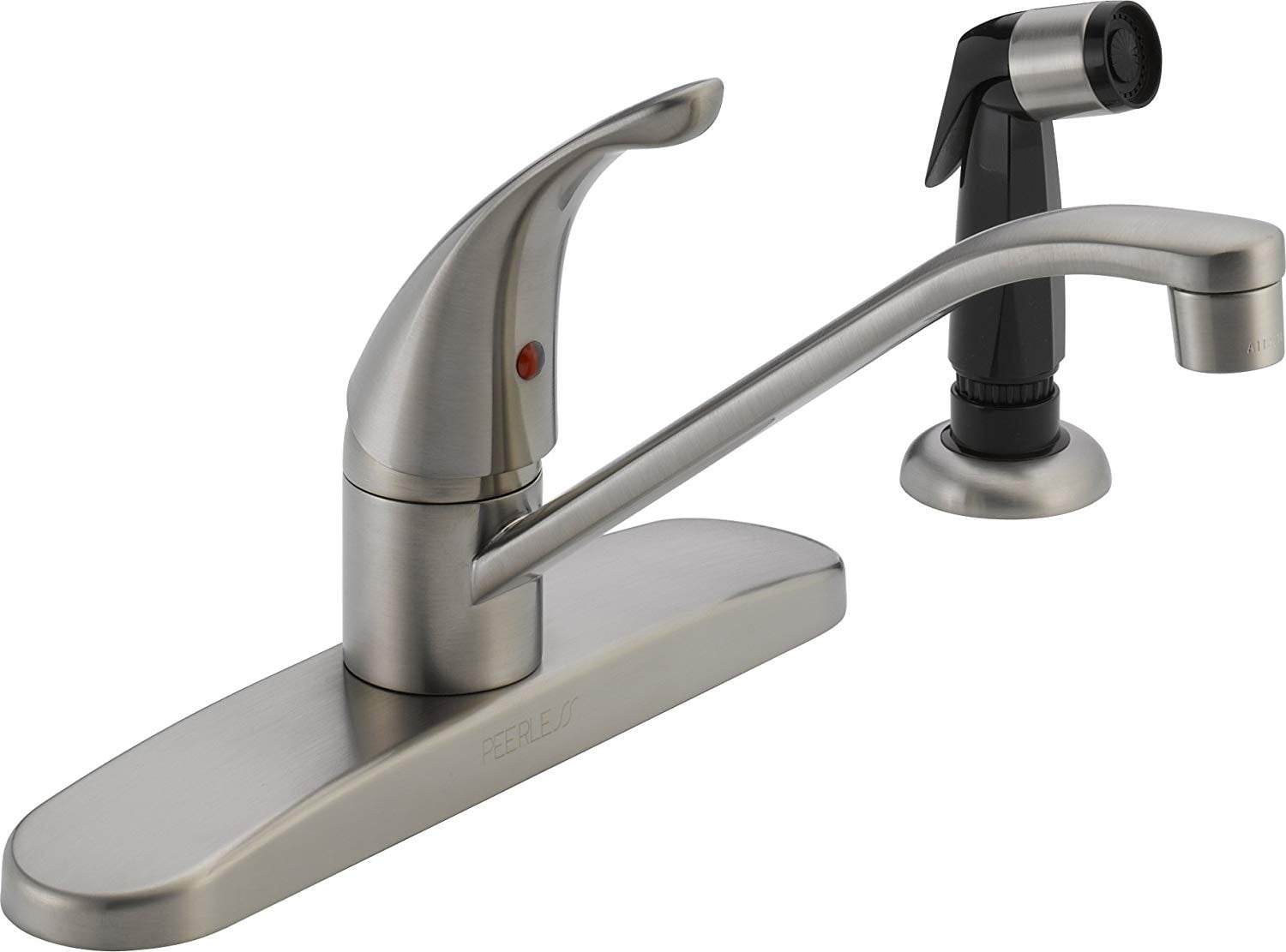 A slow drip kitchen sink faucet can be an eyesore in an otherwise beautiful kitchen. It can also be a turnoff for potential buyers if you are looking to sell your home. By fixing the slow drip, you not only improve the functionality of your kitchen, but you also enhance its overall appearance. A well-maintained kitchen with a fully functioning faucet can make a great impression on guests and potential buyers.
In conclusion
, a slow drip kitchen sink faucet may seem like a minor inconvenience, but it can have major consequences. By fixing it, you can save money, conserve water, prevent structural damage, and improve the aesthetics of your kitchen. Don't wait until the problem gets worse – take care of that slow drip and enjoy a fully functioning and beautiful kitchen.
A slow drip kitchen sink faucet can be an eyesore in an otherwise beautiful kitchen. It can also be a turnoff for potential buyers if you are looking to sell your home. By fixing the slow drip, you not only improve the functionality of your kitchen, but you also enhance its overall appearance. A well-maintained kitchen with a fully functioning faucet can make a great impression on guests and potential buyers.
In conclusion
, a slow drip kitchen sink faucet may seem like a minor inconvenience, but it can have major consequences. By fixing it, you can save money, conserve water, prevent structural damage, and improve the aesthetics of your kitchen. Don't wait until the problem gets worse – take care of that slow drip and enjoy a fully functioning and beautiful kitchen.







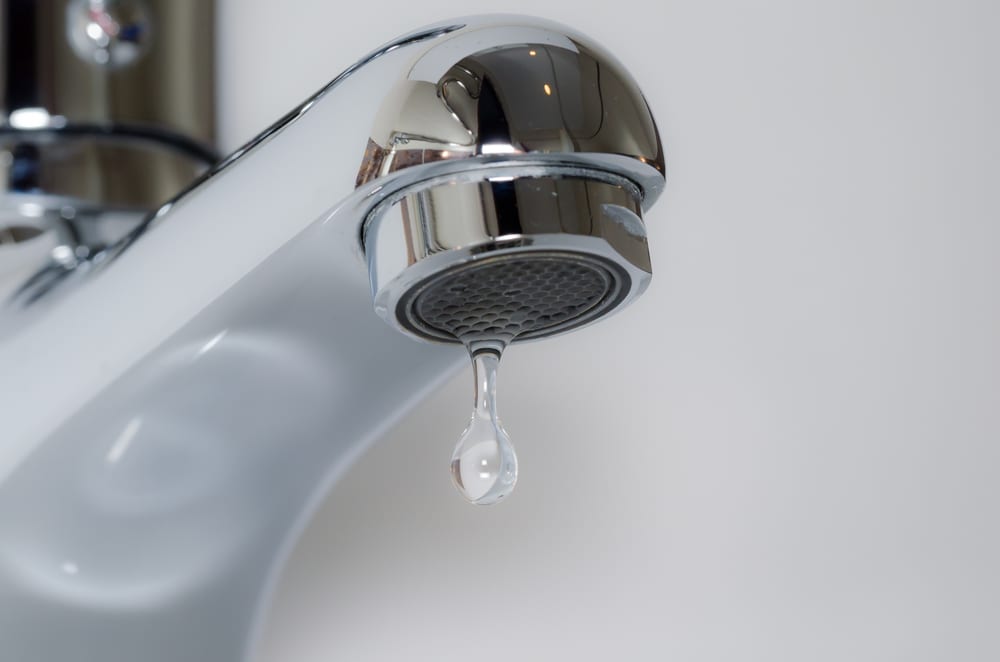

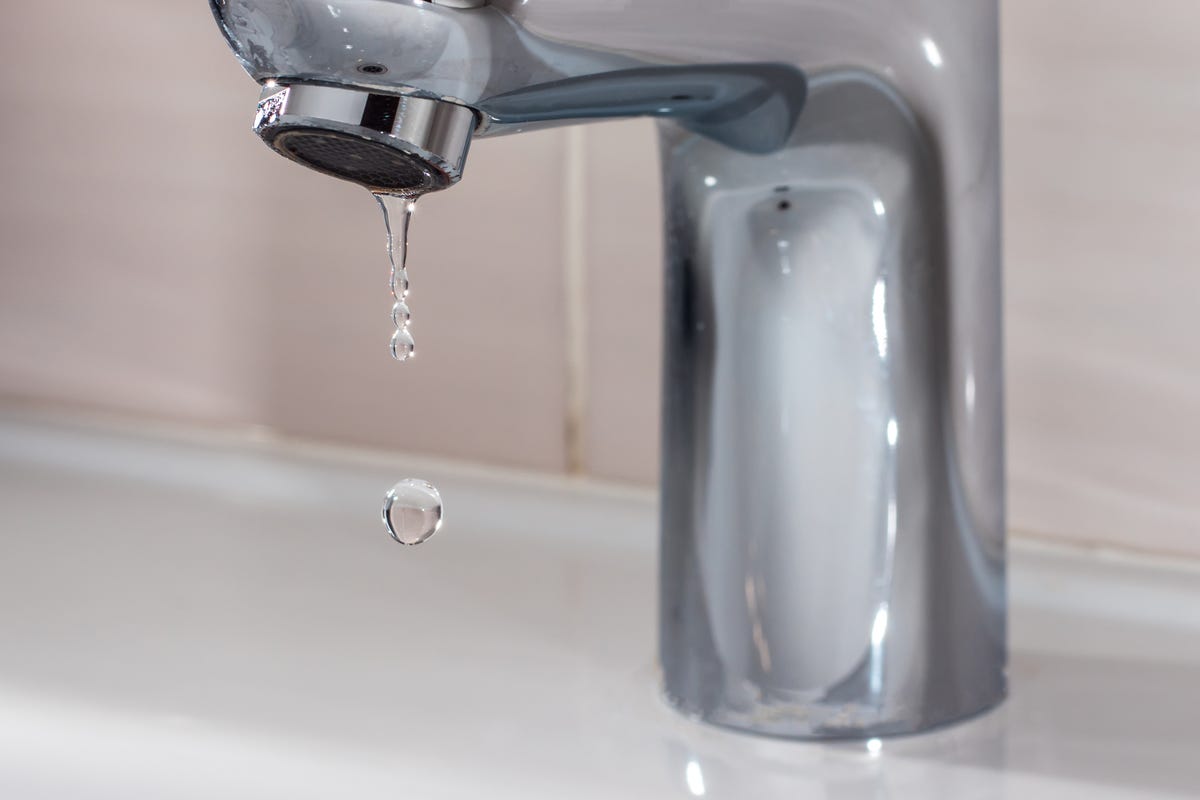







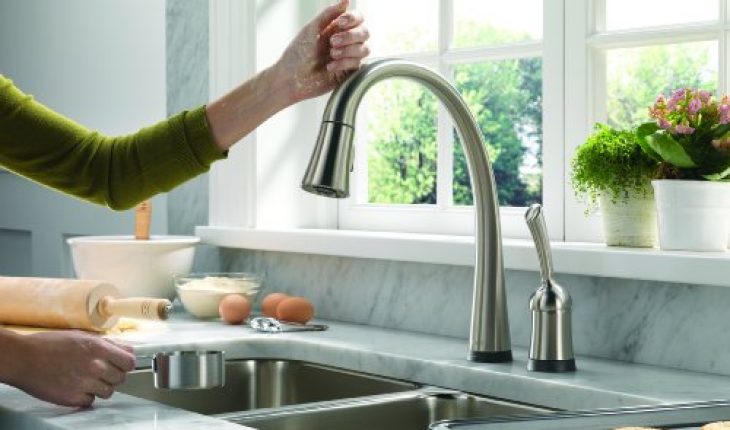









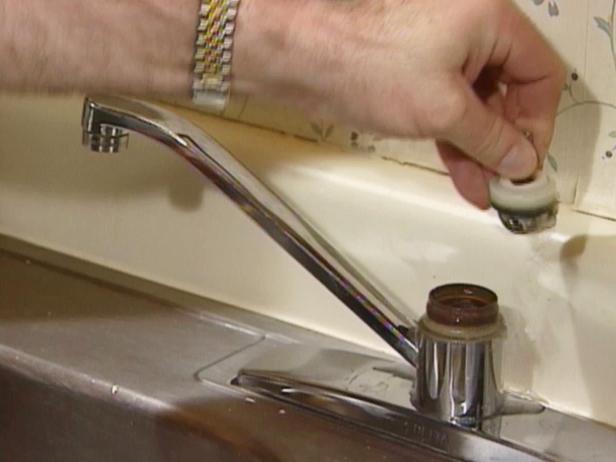










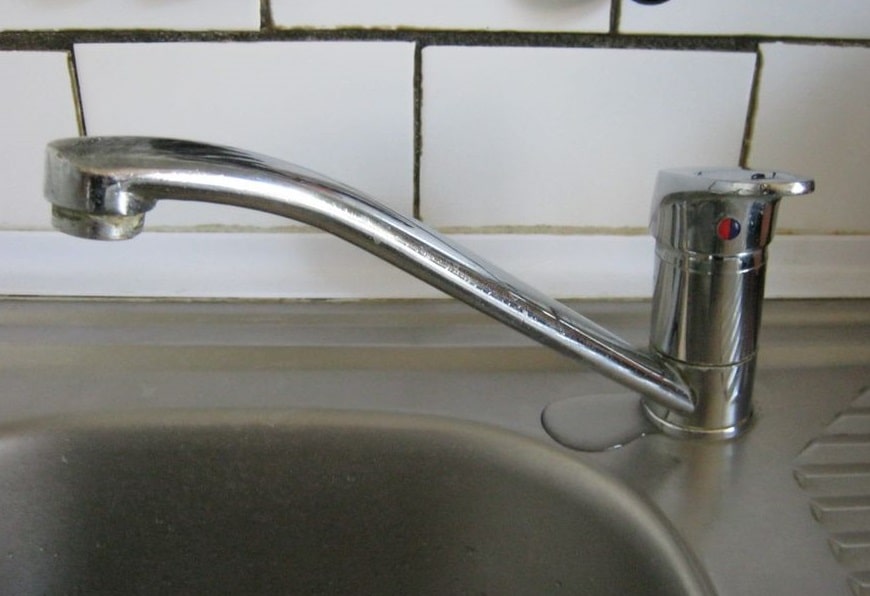


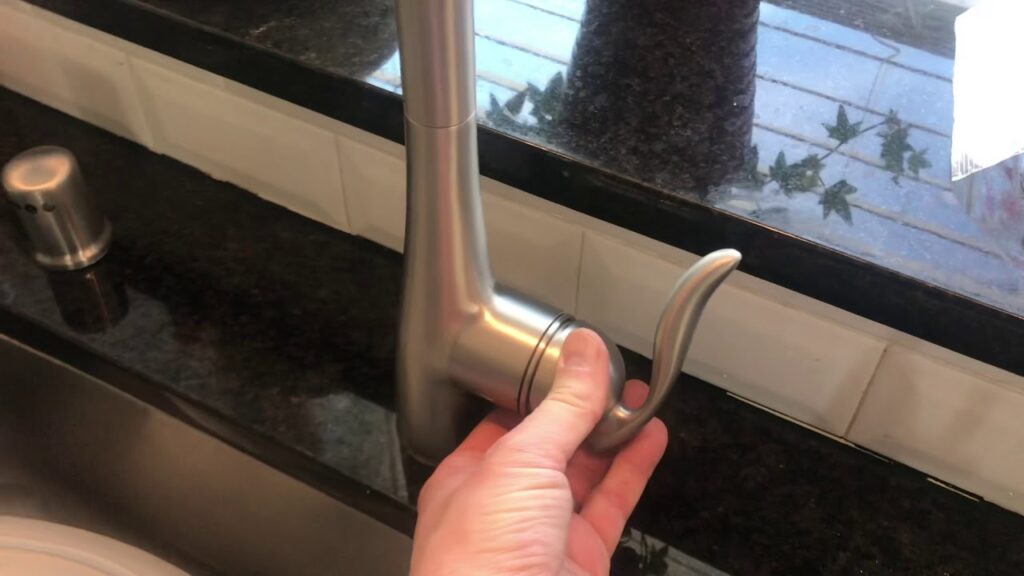
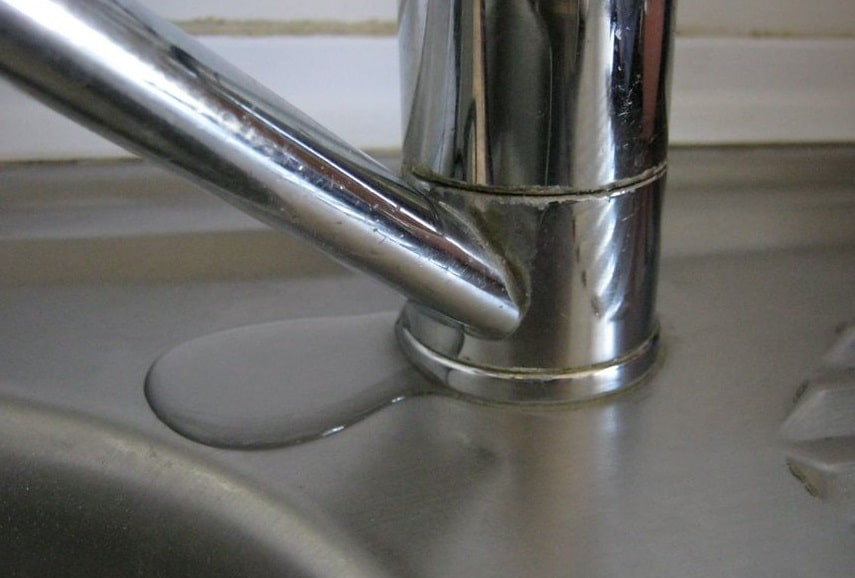




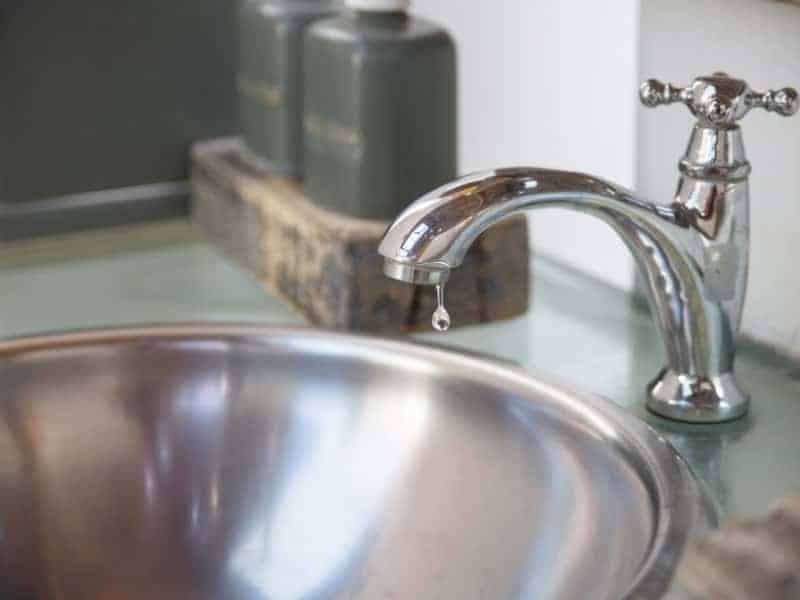
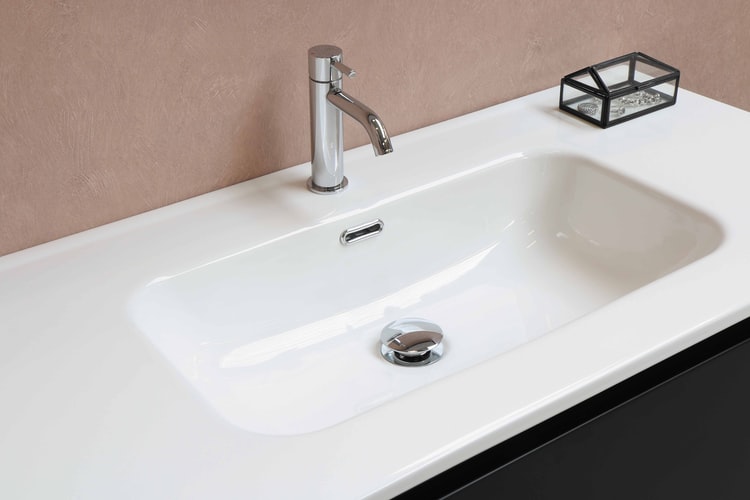
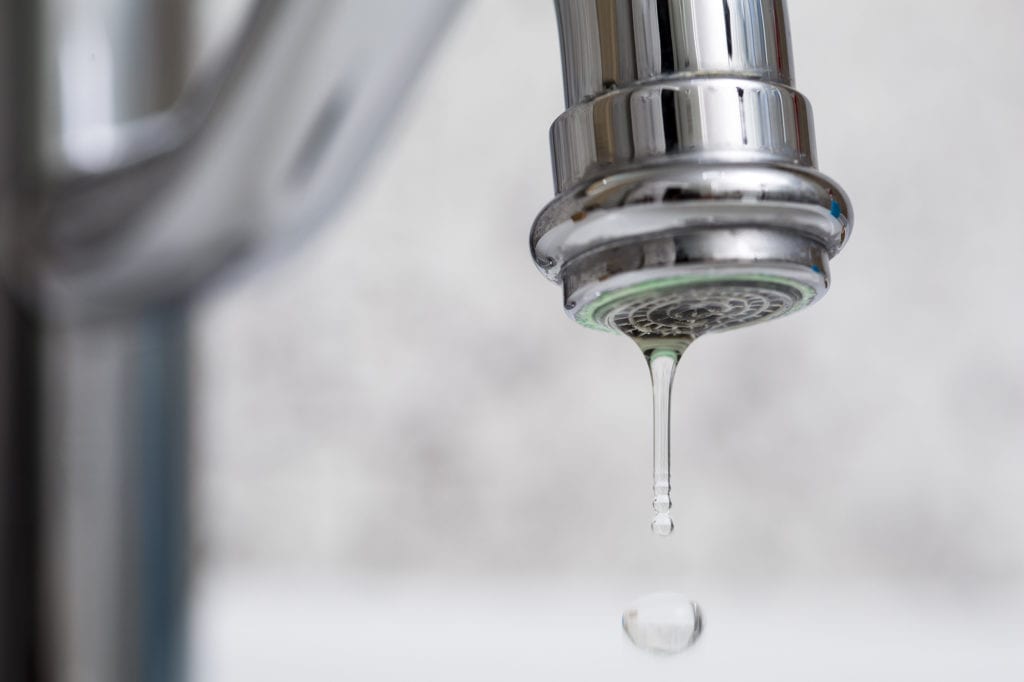










/modern-laundry-room-with-washer-and-dryer--607041485-5af90c0beb97de003df26d14.jpg)




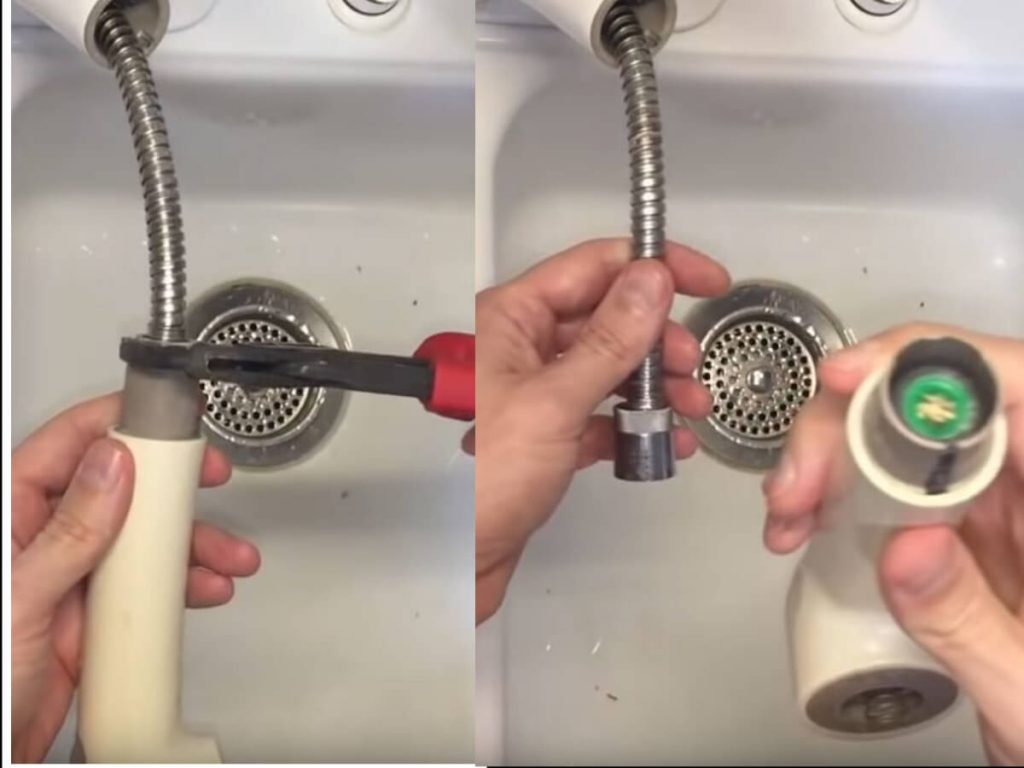





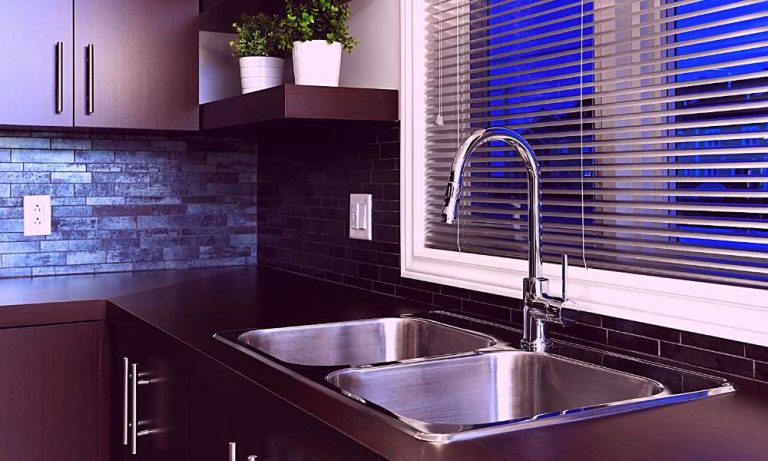


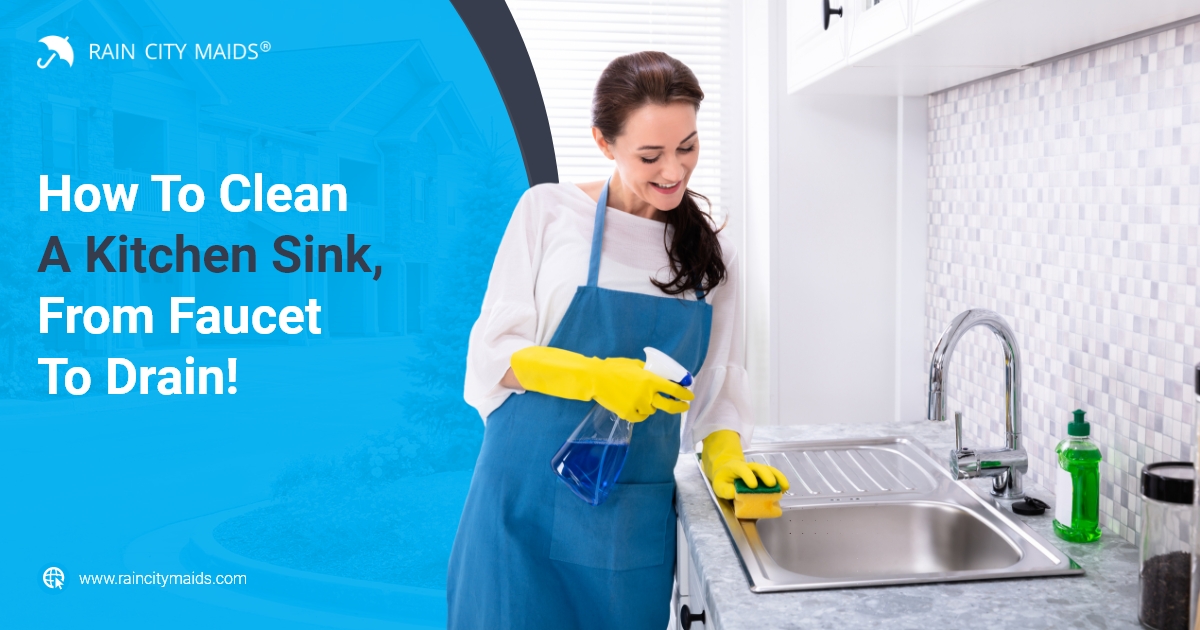

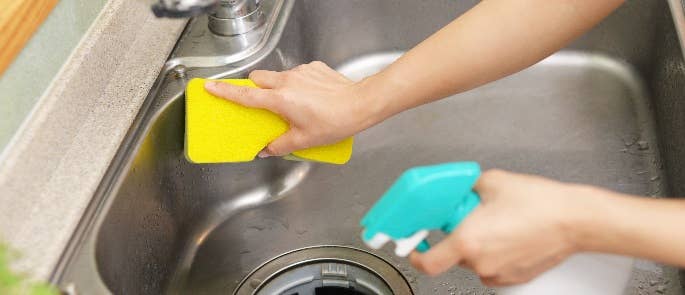



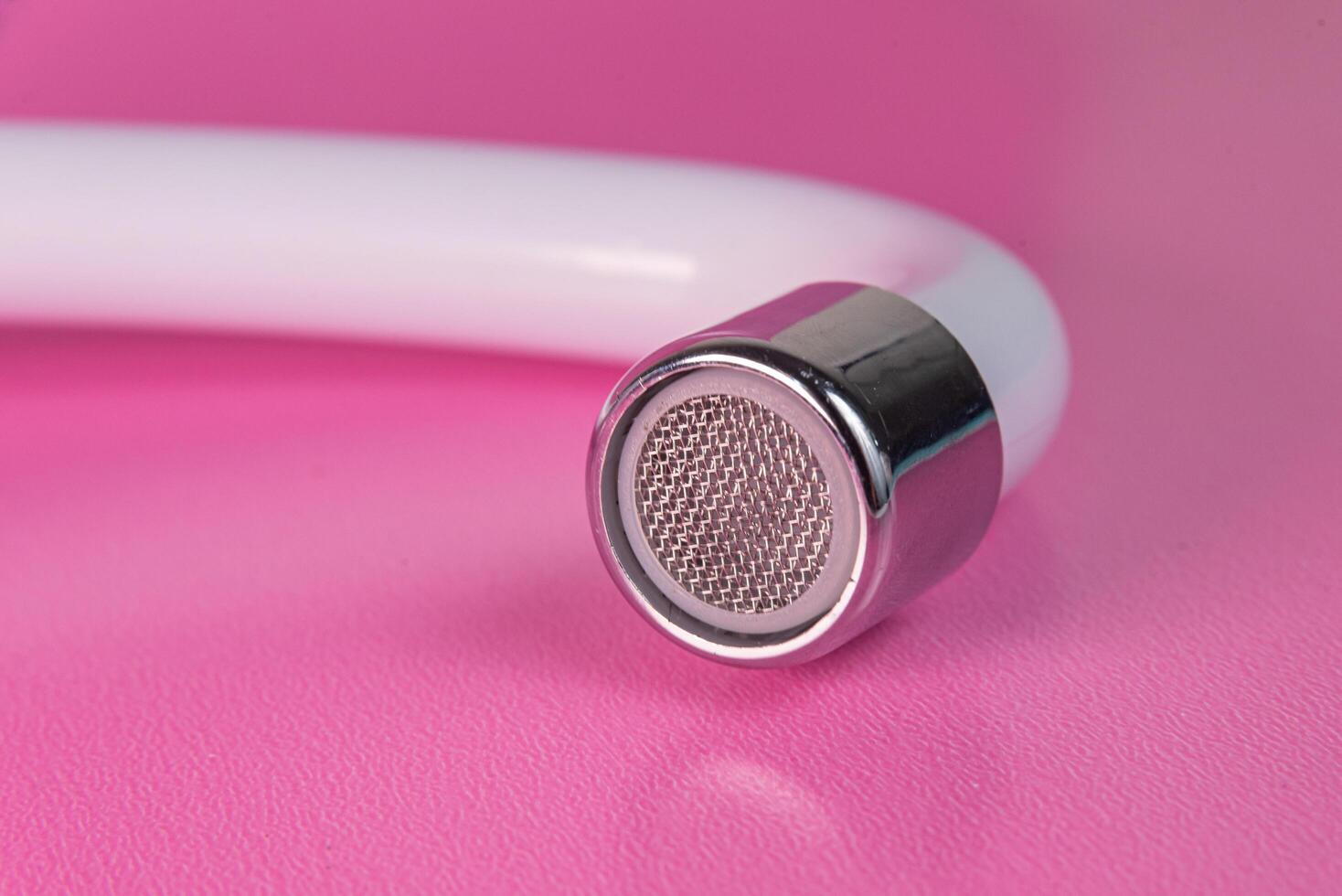
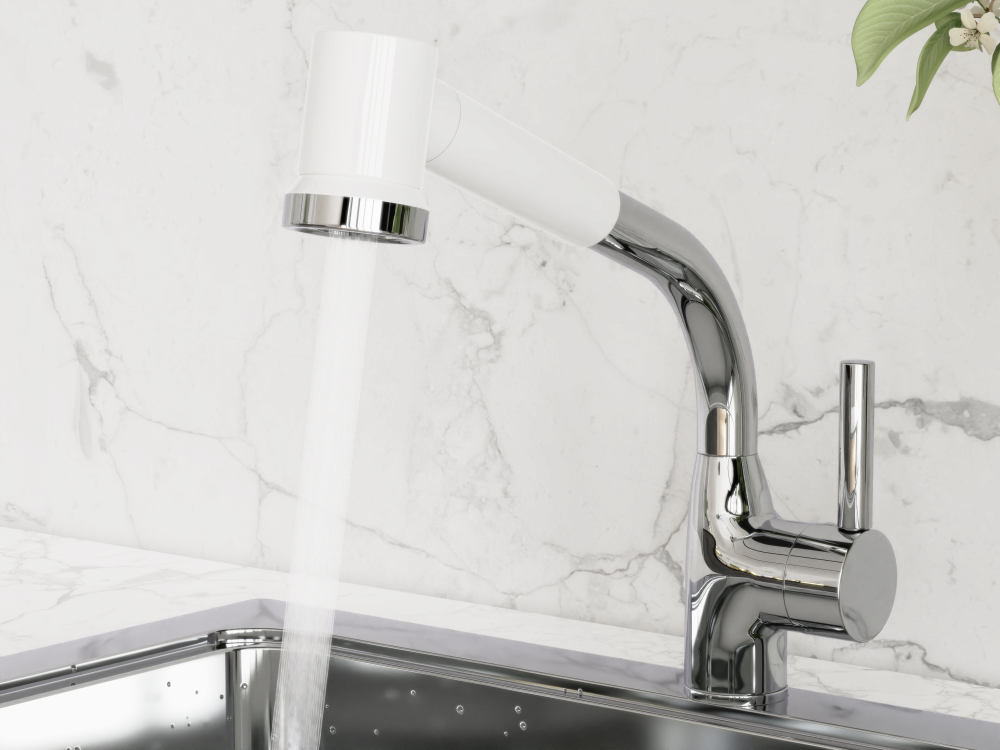

:max_bytes(150000):strip_icc()/51Z56Bb2TfL._AC_SL1001_-6d707f3f9edb4c90bf66aab957bf49c1.jpg)

